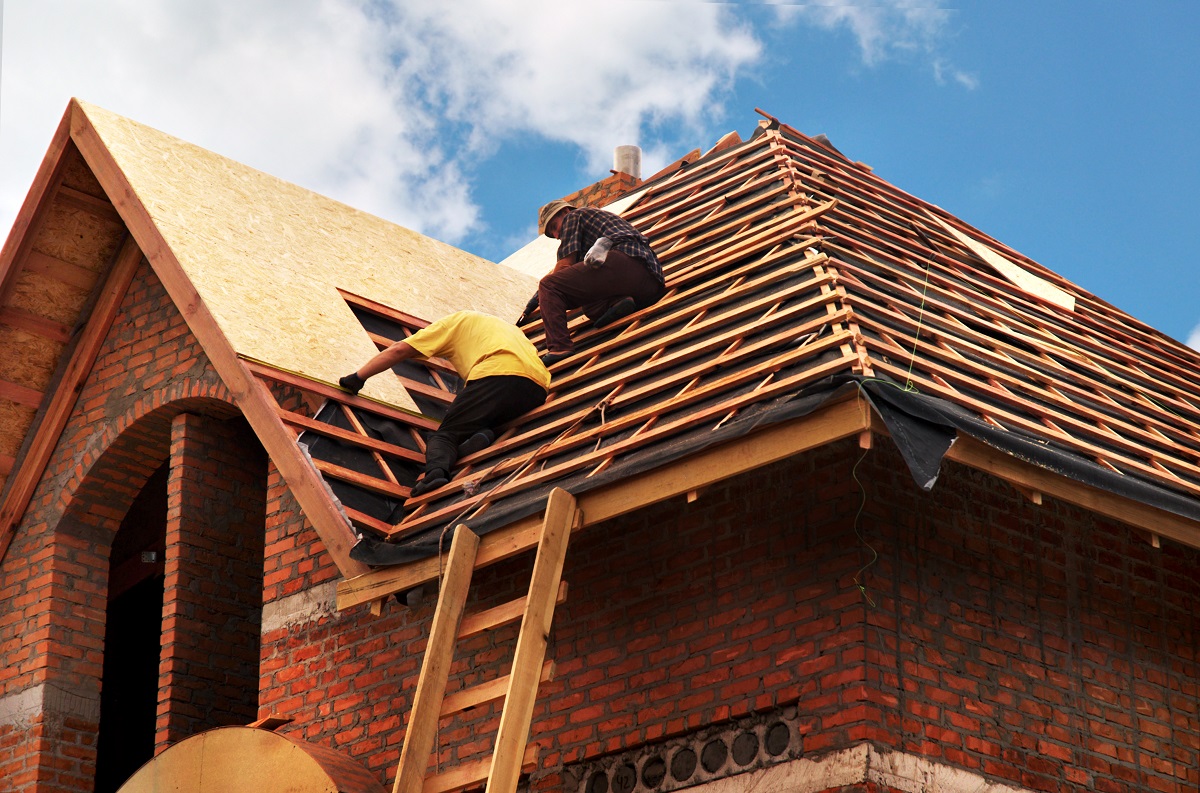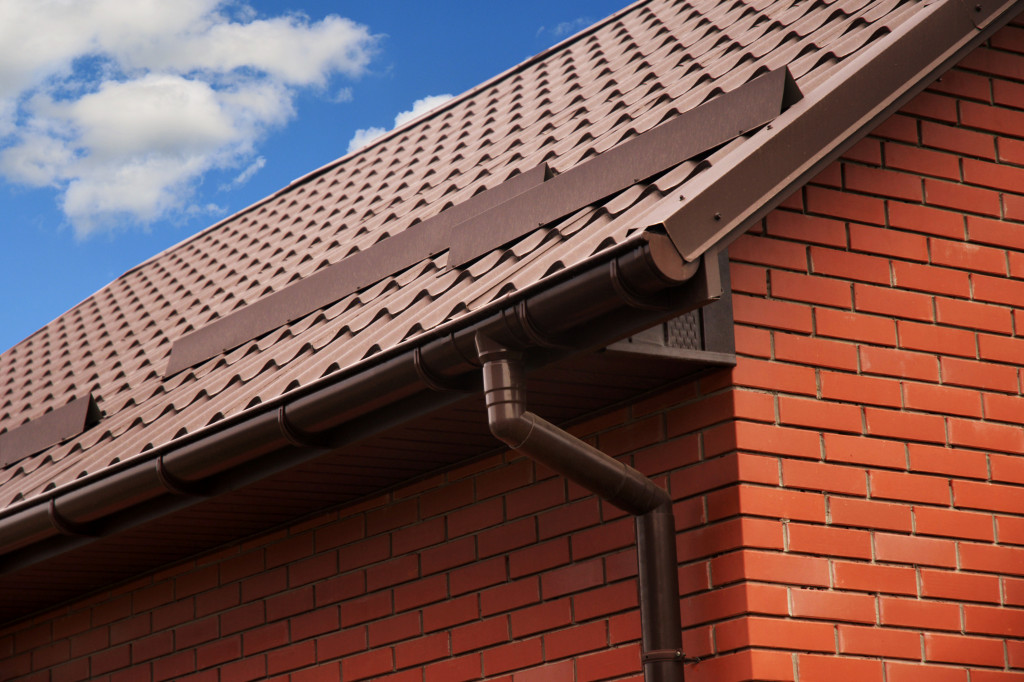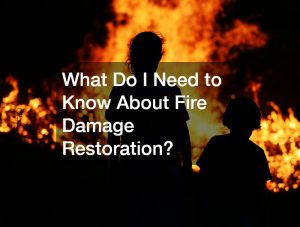Most homeowners won’t necessarily think about their roof since it’s usually out of sight, and it generally lasts longer than any other part of the house. In general, high-quality roofs are meant to last decades to at least a lifetime. Usually, roofs are designed to withstand various natural forces, including heavy rain, snow, hailstorms, and fluctuations in temperature.
But even though most roofs can withstand such natural forces, this doesn’t mean that they can’t get damaged from different weather conditions. For instance, some roofs are explicitly designed for hailstorms; while the material used for these types of roofs is impact-resistant and sturdy, that doesn’t mean that they can’t be dented. Additionally, once a particular roofing material is already passed its lifespan, there will be tell-tale signs of damage.
Common knowledge would tell us that if there’s a leak in the roof, the best course of action would be to seal it. Having to replace a roof just because of a mere leak might be an overreaction when the problem doesn’t necessarily require you to spend thousands of dollars.
However, there will be certain scenarios where you might need to have a roof inspector check for damages on your roof. Rotting and the continuous deterioration of your roof and other tell-tale signs of damage might be subtle, and it can be hard to tell without a comprehensive inspection. Thus, it’s only logical that we identify certain types of damages and the best course of action to remedy such problems.
What Are Some Telltale Signs to Watch Out For?
You don’t necessarily have to get into your roof when you’re trying to figure out the damage’s extent. Here are some signs that you might need to be vigilant of.
- Holes and leaks
- Shingles that are warped, cracked, and “valleyed” can redirect water to the wrong places.
- Organic growths such as molds, mildews, and mosses
- A sagging roof
- Sunlight and water can pierce through the roof.
- Wooden shingles will be darker as usual, which means they are rotting.
- Discolored roofing.
- Granule loss and traces of granules in your gutters
Most of the time, these can happen through different seasons. Normally, debris that’s hitting your roof in the form of foliage or materials carried over by storms can leave damages to your roof.
When Should You Replace Your Roof?
Normally, most experts would say that a sagging roof is one of the most obvious signs that your roof will need to be replaced. In most cases — a sagging roof means that the structural integrity of your roof — and your house has already been compromised.
Certain types of roofing such as slate tiles and stone normally have a high lifespan, but even these types of roofing can still fall apart.
Normally, most people want to install shingles instead of pre-fabricated panels since shingles can be easily patched up. When there is widespread damage on panels, this can often lead to the whole system being replaced.
Hiring Professionals

But whether you are replacing, repairing, or just patching up your roof, you mustn’t do this alone. There are multiple hazards that you will need to face when you are fixing your roof. Instead of having a do-it-yourself attitude when fixing your roof, you might want to use roof replacement services that can ensure that your roof is properly replaced your roof.
Replacing a roof is a time-sensitive task, and most homeowners should have their roof replaced as soon as possible. The last thing that homeowners want while the roof replacement process is being done is when it starts raining or snowing hard. Water can easily seep towards gaps in your vulnerable roof while it’s being worked on. It might take a bit of time to dry out the water that’s already pooled in these areas. Moreover, water can often lead to rotting in wooden beams and rusting.
When it comes to weighing in on your options on whether you should replace, repair, or patch up your roof, you will need to check on damages that your roof has incurred. While there are roof damages that can be easily mended in a couple of minutes, roof replacements can take up days to weeks, depending on the extent of the damage.
When in doubt, you can ask the professional opinion of a roofing inspector rather than having to do it by yourself. Getting to the roof of the problem can help you determine the best course of action.
Remember: you might have to spend on repair and replacement, but you are essentially extending your roof’s lifespan when you are using fresh new materials. This will also give you the opportunity of using better materials, so choose wisely! At the end of the day, safety should always be the first concern when looking for a sturdy roof.











